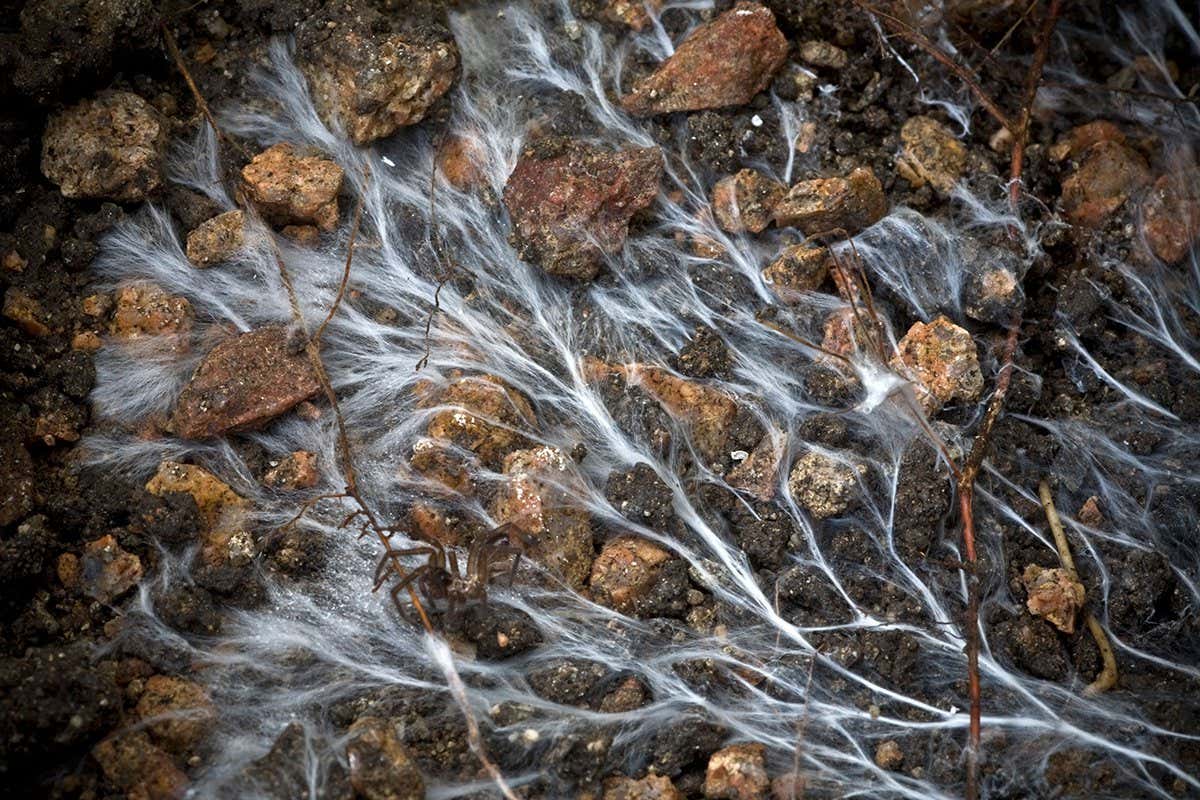Soil Fungi Enhance Tree Carbon Storage: A Breakthrough for Climate Change Mitigation
Introduction:
The fight against climate change hinges on effective carbon sequestration. While trees are renowned for their carbon-absorbing capabilities, a recent breakthrough highlights the crucial, often overlooked role of soil fungi in this process. New research reveals that specific types of soil fungi significantly enhance a tree's ability to store carbon, offering a promising avenue for climate change mitigation strategies. This discovery underscores the complex interplay between the above-ground and below-ground components of forest ecosystems and opens exciting new possibilities for forest management practices.
The Unsung Heroes: Mycorrhizal Fungi
The key players in this carbon storage enhancement are mycorrhizal fungi. These fungi form symbiotic relationships with tree roots, extending their reach into the soil and facilitating nutrient and water uptake. However, their role goes far beyond basic nutrient exchange. Studies show that certain mycorrhizal fungi, particularly those forming ectomycorrhizae (fungi that form a sheath around the root tips), are exceptionally adept at trapping and storing carbon in the soil.
How Mycorrhizal Fungi Boost Carbon Storage:
-
Increased Carbon Allocation: Mycorrhizal networks facilitate the transfer of carbon from trees to the soil. Trees, through photosynthesis, convert atmospheric CO2 into sugars. A portion of these sugars is then transported to the roots and subsequently transferred to the fungal network. This process effectively increases the amount of carbon sequestered below ground.
-
Enhanced Soil Organic Matter: The fungi themselves contribute significantly to soil organic matter – a crucial component for long-term carbon storage. Fungal hyphae (thread-like structures) bind soil particles together, improving soil structure and stability. This improved structure enhances the retention of organic matter, preventing its decomposition and release of CO2 back into the atmosphere.
-
Reduced Carbon Loss: Mycorrhizal fungi can also reduce the release of carbon dioxide from the soil. They actively compete with other microorganisms that break down organic matter, thus slowing down the rate of decomposition and preventing the loss of stored carbon.
Implications for Climate Change Mitigation:
This discovery has profound implications for climate change mitigation efforts. By understanding and leveraging the role of mycorrhizal fungi, we can:
-
Optimize Forest Management: Forest management practices can be tailored to promote the growth and diversity of beneficial mycorrhizal fungi. This might involve minimizing soil disturbance, avoiding the use of harmful chemicals, and promoting diverse tree species that support a wide range of fungal communities.
-
Develop Novel Carbon Sequestration Strategies: Further research could lead to the development of innovative strategies for enhancing mycorrhizal fungal activity, potentially through bioaugmentation (introducing beneficial fungi into the soil) or other biotechnological approaches.
-
Improve Carbon Accounting: Accurate carbon accounting needs to consider the substantial role of soil fungi. Current methodologies often underestimate the amount of carbon stored in forest soils, neglecting the contribution of mycorrhizal networks.
Conclusion:
The discovery of the significant role soil fungi play in enhancing tree carbon storage presents a compelling opportunity to improve our climate change mitigation efforts. Further research and implementation of sustainable forest management practices focused on promoting mycorrhizal fungal diversity are crucial to unlocking the full potential of these unsung heroes of carbon sequestration. By working in harmony with nature's own mechanisms, we can build a more resilient and sustainable future.
Keywords: Soil Fungi, Mycorrhizal Fungi, Carbon Sequestration, Climate Change Mitigation, Forest Management, Ectomycorrhizae, Soil Organic Matter, Carbon Storage, Sustainable Forestry, Environmental Science.

